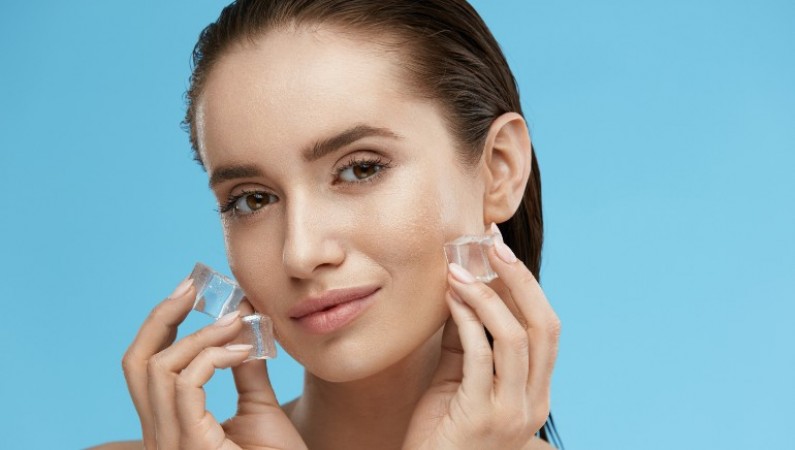
In the pursuit of flawless skin, people often turn to various remedies, including the use of ice on the face. But is this practice safe, and what impact does it have on the skin? Let's delve into the subject to uncover the truth behind using ice for skincare.
Using ice on the face typically involves applying ice cubes, ice packs, or chilled skincare products directly onto the skin's surface. This practice is often touted for its potential to reduce inflammation, soothe irritated skin, tighten pores, and impart a refreshing sensation.
Yes, using ice on the face can be safe when done correctly and in moderation. However, it's essential to proceed with caution and be mindful of potential risks.
Ice has vasoconstrictive properties, meaning it can help constrict blood vessels, thereby reducing swelling and inflammation. This makes it a popular remedy for soothing inflammatory conditions like acne or sunburn.
The cold temperature of ice can temporarily tighten pores, giving the skin a smoother appearance. This effect is often sought after by individuals looking to minimize the appearance of enlarged pores.
Applying ice to the face can provide an instant cooling sensation, which can be particularly refreshing, especially on hot days or after intense physical activity.
It's generally recommended to limit the use of ice on the face to a few minutes at a time and no more than once or twice a day to avoid overdoing it. While using ice on the face can offer certain benefits, it's crucial to approach this practice with caution and moderation. By following best practices and being mindful of potential risks, individuals can safely incorporate ice into their skincare routine to enjoy its refreshing and soothing effects.
How to eat walnuts, almonds and raisins in summer?
With which oil should small children be massaged in summer?
What Should Your Diet Be Like After 50? Keeping Your Body for Healthy Aging